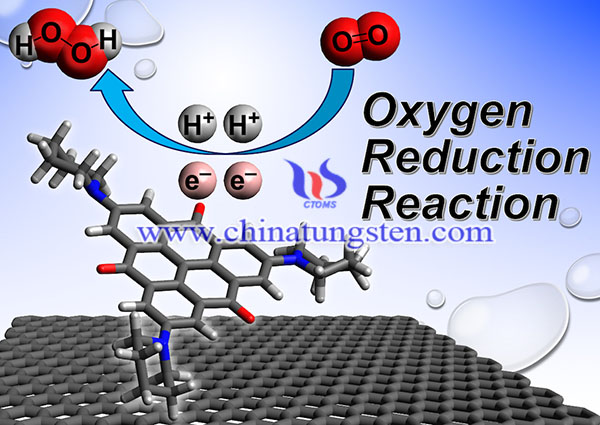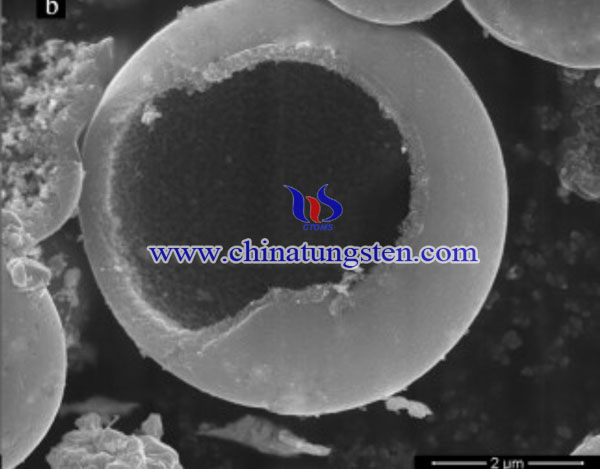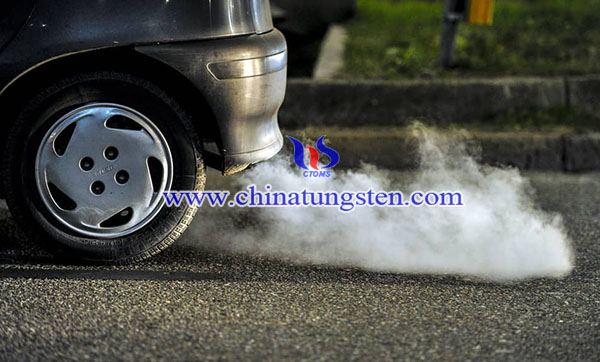WO3–Pt/C Electrocatalysts for Oxygen Reduction Reaction
- Details
- Category: Tungsten Information
- Published on Monday, 13 September 2021 14:21
- Written by yuntao
- Hits: 1814

Oxygen reduction reaction (ORR) has been widely studied for its applications in fuel cells. There is a growing demand for clean energy technologies such as fuel cells. Since the energy efficiency and battery voltage of electrochemical cells are limited by the slow kinetics of ORR.Currently, platinum dispersed on carbon (Pt/C) is the most active catalyst for ORR; however, in addition to its high cost, this metal also has problems with ORR overpotential and poor methanol tolerance. Supporting by transition metal oxides such as tungsten trioxide (WO3) and titanium dioxide (TiO2) to the Pt/C electrocatalyst provide not only active sites but also electronic and ionic conductivity.
Read more: WO3–Pt/C Electrocatalysts for Oxygen Reduction Reaction
Tungsten Carbide Hollow Microsphere Prepared via Ammonium Metatungstate as Electrocatalyst Support
- Details
- Category: Tungsten Information
- Published on Monday, 13 September 2021 11:55
- Written by yuntao
- Hits: 1671

Hydrogen (H2) is widely concerned as the most potential candidate due to its high energy density and environmentally friendly reaction process. Electrochemical water splitting is a promising hydrogen production technology because it does not contain greenhouse gases and is economical and efficient. As a key semi-reaction process, the hydrogen evolution reaction (HER) plays a decisive role in the efficiency and cost of hydrogen production through electrochemical water splitting.
Ammonium Metatungstate Applied in Palm Oil Hydrogenation for Biodiesel
- Details
- Category: Tungsten Information
- Published on Sunday, 12 September 2021 11:31
- Written by yuntao
- Hits: 1498

The reduction of fossil fuel sources, environmental pollution caused by engine fuel combustion, and concerns about energy supply have prompted researchers to look for renewable energy sources. Biodiesel has a high flash point (>130 °C), octane number and high combustion yield, as well as appropriate density and viscosity, excellent lubricants, and free sulfur and aromatic compounds. These characteristics have been applied to this engine without any modification and warm-up.
Read more: Ammonium Metatungstate Applied in Palm Oil Hydrogenation for Biodiesel
WO3 Based Composite Prepared by Ammonium Metatungstate for Selective Catalytic Reduction of NOx
- Details
- Category: Tungsten Information
- Published on Sunday, 12 September 2021 17:30
- Written by yuntao
- Hits: 1499

The nitrogen oxides (NOx) produced by mobile and stationary sources are the main sources of photochemistry and smog acid rain. Ammonia selective catalytic reduction (SCR) is one of the most effective methods for removing NOx. It is widely used in power plants and other industrial environments.Due to its high oxygen storage capacity and excellent redox characteristics of conversion between Ce4+ and Ce3+, the application of cerium oxide-based oxides in the NH3-SCR reaction has attracted more and more attention. However, compared with vanadium catalysts, the SO2 tolerance is a great challenge for CeO2 SCR catalysts applied in stationary sources especially at low and mediate temperatures.
CeO2–WO3 Catalysts Prepared for Selective Catalytic Reduction of NOx
- Details
- Category: Tungsten Information
- Published on Friday, 10 September 2021 01:08
- Written by yuntao
- Hits: 1748

Nitrogen oxides (NOx) emitted by fossil fuel combustion are one of the main air pollutants, posing a serious threat to the ecological environment and human health. To cope with huge environmental pressure and strict emission targets, NH3 selective catalytic reduction of NOx (NH3-SCR) is still the mainstream NOx control technology.
Read more: CeO2–WO3 Catalysts Prepared for Selective Catalytic Reduction of NOx





 sales@chinatungsten.com
sales@chinatungsten.com